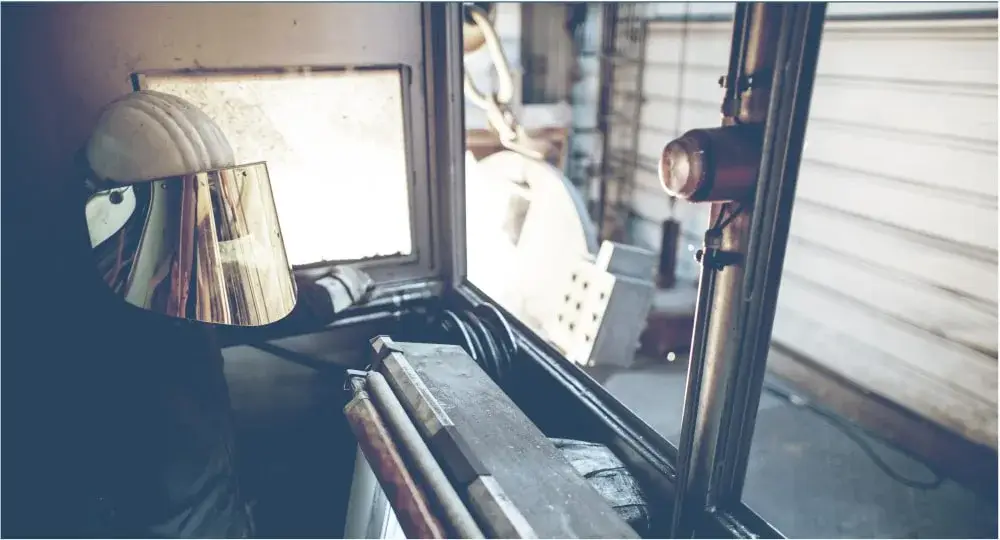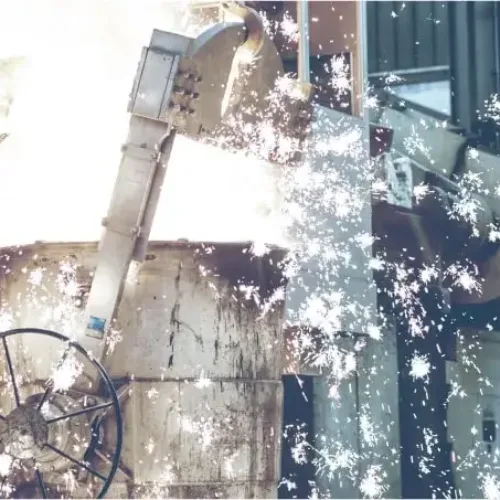
Pioneering contract foundries have invested in sand printers and refined both the process itself and the ordering process. The supply chain problems and bottlenecks of recent years have further accelerated this development.
The result: it is now easier than ever to try out printed castings and familiarize yourself with the benefits. Produce more agilely, control risks – the properties of 3D printing make the procurement of cast parts easier at a stroke.
3D sand printing is a highly responsive, digital process. Instead of storing workpieces or wooden models in a costly and space-consuming manner in order to have quick access to the required cast parts, 3D sand printing only requires the CAD file of the component or sand mold to be kept on hand. The mold can then be printed and cast at any time “on demand” in any quantity – from the same supplier as last time or from someone completely different.
If a part is only needed in small quantities from time to time, this digital warehousing is much more efficient and practical. The additional advantage: the mould or component can also be easily changed or optimized in between.

The CastFast calculator provides an instant price, delivery date and CO2 footprint based on key data and/or CAD file
© 2025 All Rights Reserved.